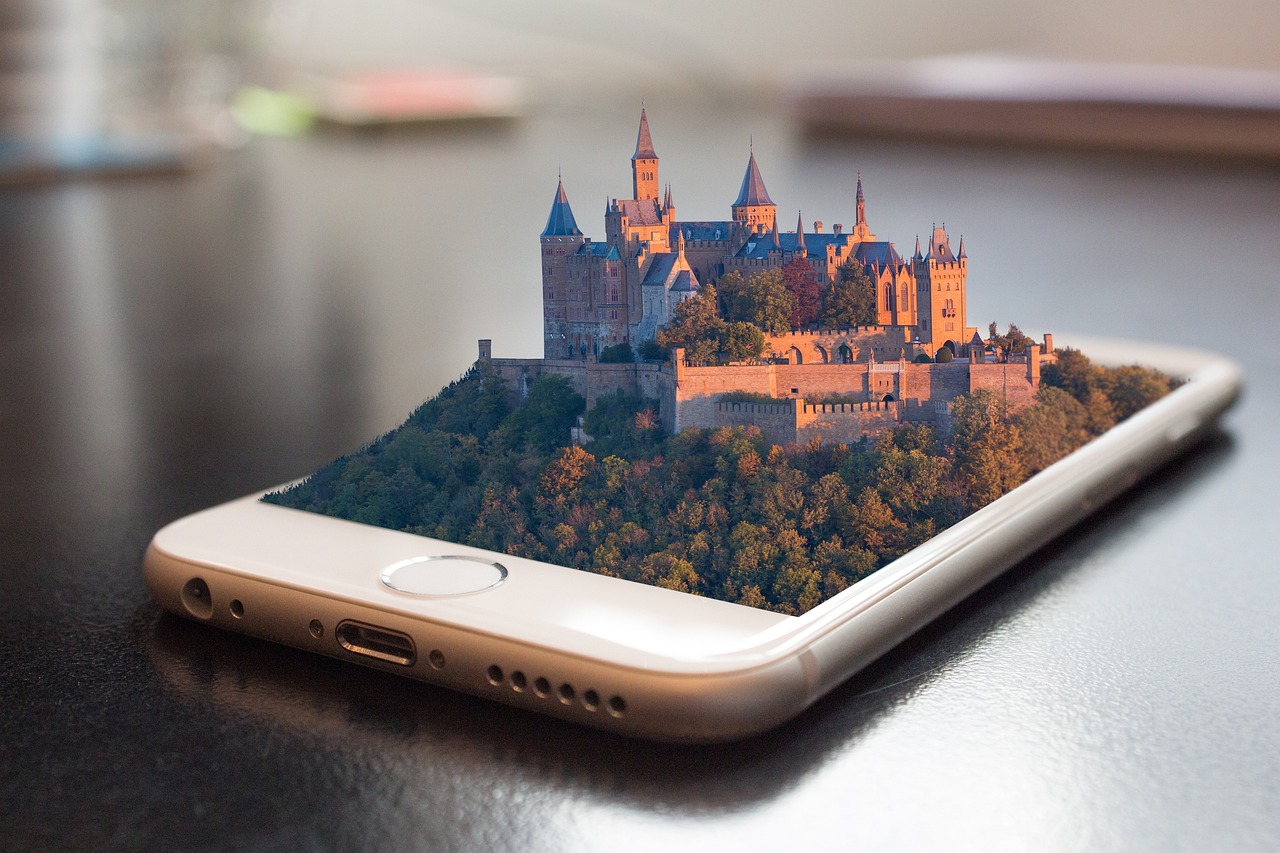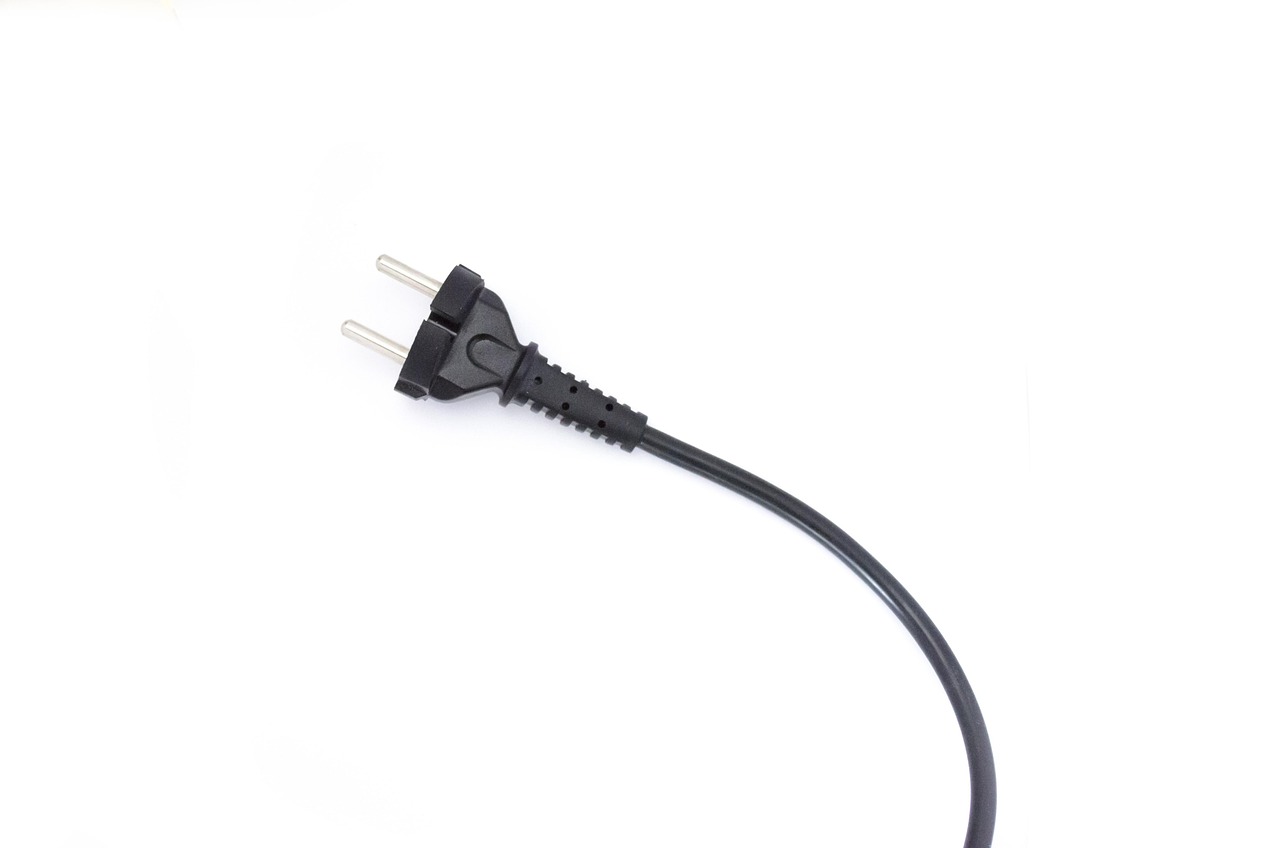The New Wave of Augmented Reality in Healthcare
Augmented Reality (AR) is swiftly changing the face of the tech industry. While it was initially viewed as a tool for gamers and marketers, its potential is now being recognized in a host of different industries, including healthcare. AR is not just a futuristic concept anymore; it's here, and it's revolutionizing the medical field. This article delves into the rise of AR in healthcare, its current applications, and how it could shape the future of medical technology.

The Evolution of AR in Medicine
The concept of AR has been around since the 1960s, but its application in healthcare is relatively new. In the late 2010s, AR technology started making its way into the medical field. It began with simple applications like data visualization and patient education but has since evolved to include complex procedures such as surgery and rehabilitation. This shift has been driven by advancements in AR technology, increasing acceptance among healthcare professionals, and a growing need for improved medical procedures.
Current Applications of AR in Healthcare
AR technology is currently being used in numerous ways in the healthcare sector. For instance, it is being used in surgery to help surgeons visualize the patient’s anatomy in real-time, enabling them to perform more precise and less invasive procedures. In medical education, AR is being used to provide interactive training for students, allowing them to practice procedures in a safe and controlled environment. Additionally, AR is being used in physical therapy and rehabilitation, where it can provide patients with visual guidance and motivation during their recovery process.
The Impact of AR on the Healthcare Market
The integration of AR into healthcare is expected to have a significant impact on the market. According to Grand View Research, the global AR in healthcare market size was valued at USD 609.1 million in 2020 and is expected to grow at a compound annual growth rate (CAGR) of 23.3% from 2021 to 2028. This growth is likely to be driven by increasing demand for advanced healthcare procedures, the need for improved medical education, and the rising prevalence of chronic diseases necessitating innovative treatment approaches.
The Future of AR in Healthcare
Looking ahead, the possibilities for AR in healthcare are virtually limitless. Future applications could include using AR for remote surgeries, where a surgeon could operate on a patient from miles away using AR goggles and robotic arms. Additionally, AR could be used to create personalized treatment plans for patients, using data visualization to explain complex medical information in an easy-to-understand way. Furthermore, as AR technology continues to advance, we could see it being used in mental health treatment, providing immersive therapeutic experiences for patients.
In conclusion, AR is revolutionizing the healthcare industry, offering new and improved ways of delivering medical care. As technology continues to advance and acceptance among healthcare professionals increases, we can expect to see AR become an integral part of the healthcare landscape. Despite the challenges that lie ahead, the future of AR in healthcare is undoubtedly promising.





